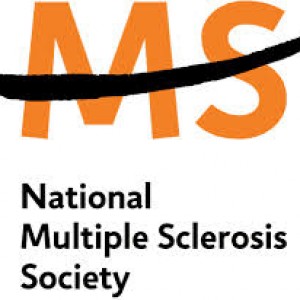Multiple Sclerosis Eye Care Center Commemorates 10-Year Anniversary
Written by |

 The Multiple Sclerosis Eye Center for Analysis, Research and Education (MS Eye CARE) is celebrating 10 years of expert eye care in improving diagnosis and treatment of multiple sclerosis (MS). The Center is the result of a collaboration between the University Eye Institute at the University of Houston’s College of Optometry and the National Multiple Sclerosis Society.
The Multiple Sclerosis Eye Center for Analysis, Research and Education (MS Eye CARE) is celebrating 10 years of expert eye care in improving diagnosis and treatment of multiple sclerosis (MS). The Center is the result of a collaboration between the University Eye Institute at the University of Houston’s College of Optometry and the National Multiple Sclerosis Society.
Physicians at MS Eye CARE take an innovative approach to both ophthalmology and MS care, and have treated approximately 1,000 patients every year since the Center opened. The first signs of MS can be detected in patients’ eyes since the disease prompts the immune system attack the central nervous system, which consequently affects the brain, spinal cord and optic nerves in the eyes.
“When we first opened, research on new drugs and tests for how to predict eye issues in MS were just coming out,” explained the neuro-ophthalmologist and co-director of the clinic, Rosa Tang. “These discoveries brought to light that the eye is the window to MS. We were at the forefront of that development because we had the equipment that many other centers didn’t have.”
The eye care provided at the Center is crucial for preventing and detecting disabling diseases early. Of the 300,000 to 400,000 patients who suffer from MS in the US, between 50 and 75% of them have vision problems according to data from the National Multiple Sclerosis Society.
[adrotate group=”4″]
“MS is a criterion of how many parts of your nervous system are involved, so oftentimes neurologists need us to make that final diagnosis,” continued Tang. “The eyes are the window of MS because the optic nerve is a target, and we can look at it with a variety of eye tests we have. While neurologists have tools to diagnose MS, the disease can be identified more quickly if the eye is also incorporated into the diagnostic process.”
Physicians who treat MS are now more focused on the eyes as primarily means of diagnosis than ever, while neuro-ophthalmologists and neurologists are working in collaboration to improve Multiple Sclerosis diagnosis and treatment prior to the start of permanent damage to the nervous system. Their efforts have been able to improve not only patients’ quality of life, but also their prognosis.
In addition, MS Eye CARE also helps monitor patients’ health through the examination of the optic nerve and monitoring of medication response. Through these exams, the clinicians can also rule out prior misdiagnoses of MS.
The clinic is committed to offering assistance to all patients despite their ability to pay, providing humanitarian assistance in order to improve patients’ quality of life. To achieve this, MS Eye CARE works with community service organizations and helps facilitate continuation of treatment for patients once they leave the Center.
In addition to disease management, the Center also offers access to research and investigational MS drugs by combining new technologies and equipment with an investment in studies, which have already resulted in a series of published findings.
“The next 10 years are even more exciting, because now there are new drugs and new ways we’re moving toward a cure for MS,” added Tang. “The exciting part is that most of these new drugs coming down the pike to treat MS and stop it in its tracks from continuing are basing their clinical research on the eyes. As a result of what we have accomplished here, the eye is now more likely to be viewed in the diagnostic process.”





